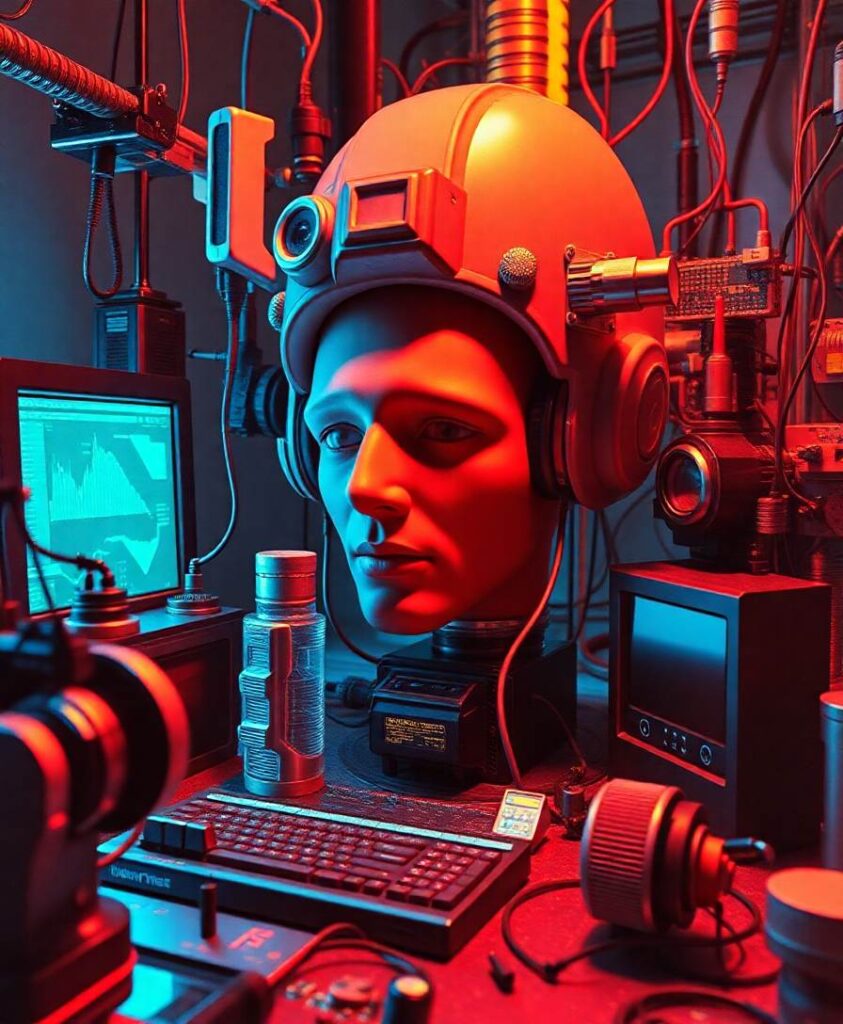Abstract
When a population exhibits collective cognitive alignment, such that group members tend to perceive, remember, and reproduce information in similar ways, the features of socially transmitted variants (i.e., artifacts, behaviors) may converge over time towards culture-specific equilibria points, often called cultural attractors. Because cognition may be plastic, shaped through experience with the cultural products of others, collective cognitive alignment and stable cultural attractors cannot always be taken for granted, but little is known about how these patterns first emerge and stabilize in initially uncoordinated populations. We propose that stable cultural attractors can emerge from general principles of human categorization and communication. We present a model of cultural attractor dynamics, which extends a model of unsupervised category learning in individuals to a multiagent setting wherein learners provide the training input to each other. Agents in our populations spontaneously align their cognitive category structures, producing emergent cultural attractor points. We highlight three interesting behaviors exhibited by our model: (1) noise enhances the stability of cultural category structures; (2) short ‘critical’ periods of learning early in life enhance stability; and (3) larger populations produce more stable but less complex attractor landscapes, and cliquish network structure can mitigate the latter effect. These results may shed light on how collective cognitive alignment is achieved in the absence of shared, innate cognitive attractors, which we suggest is important to the capacity for cumulative cultural evolution.




